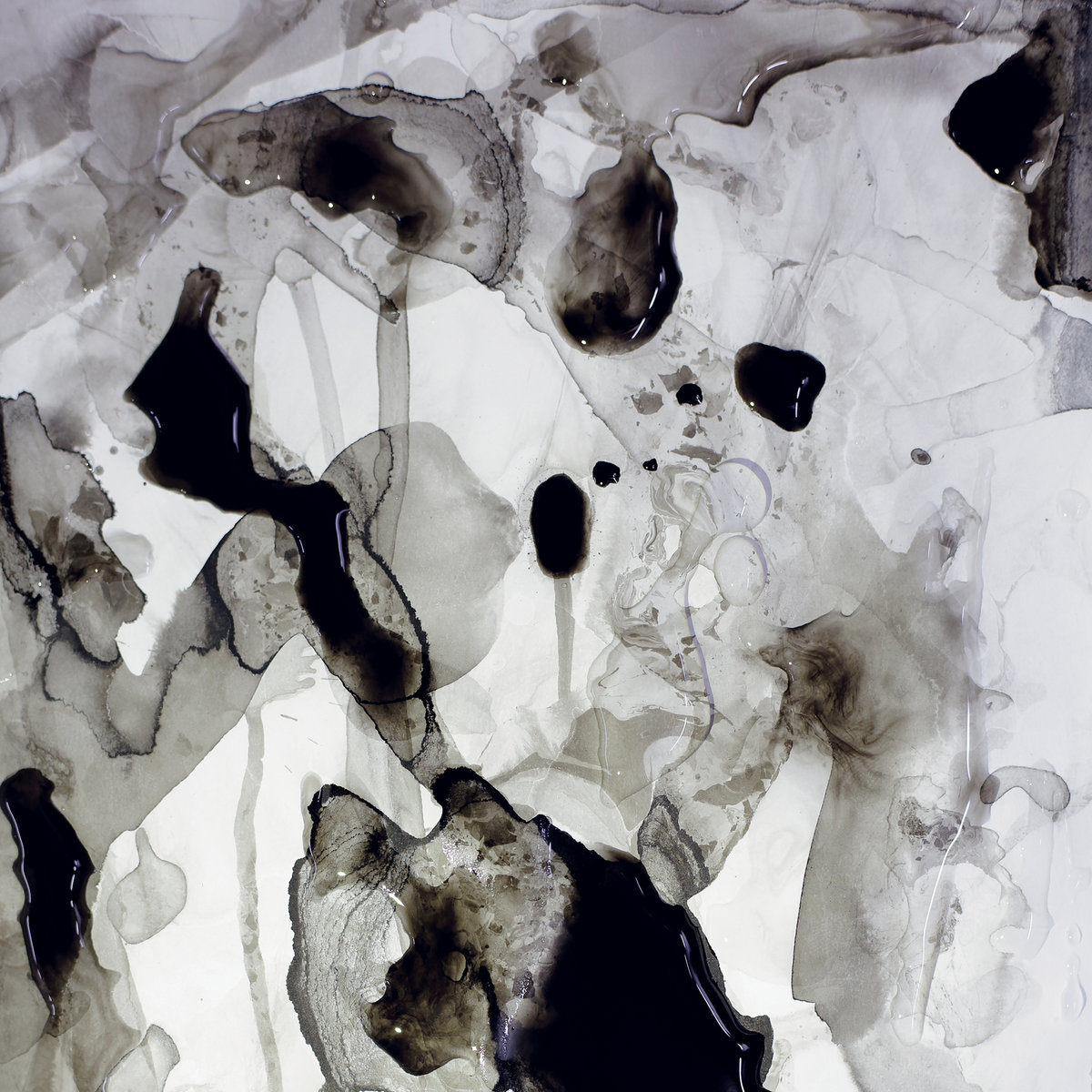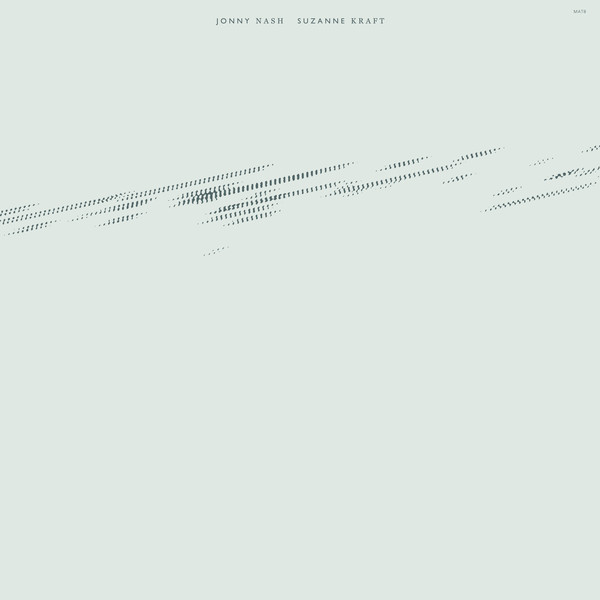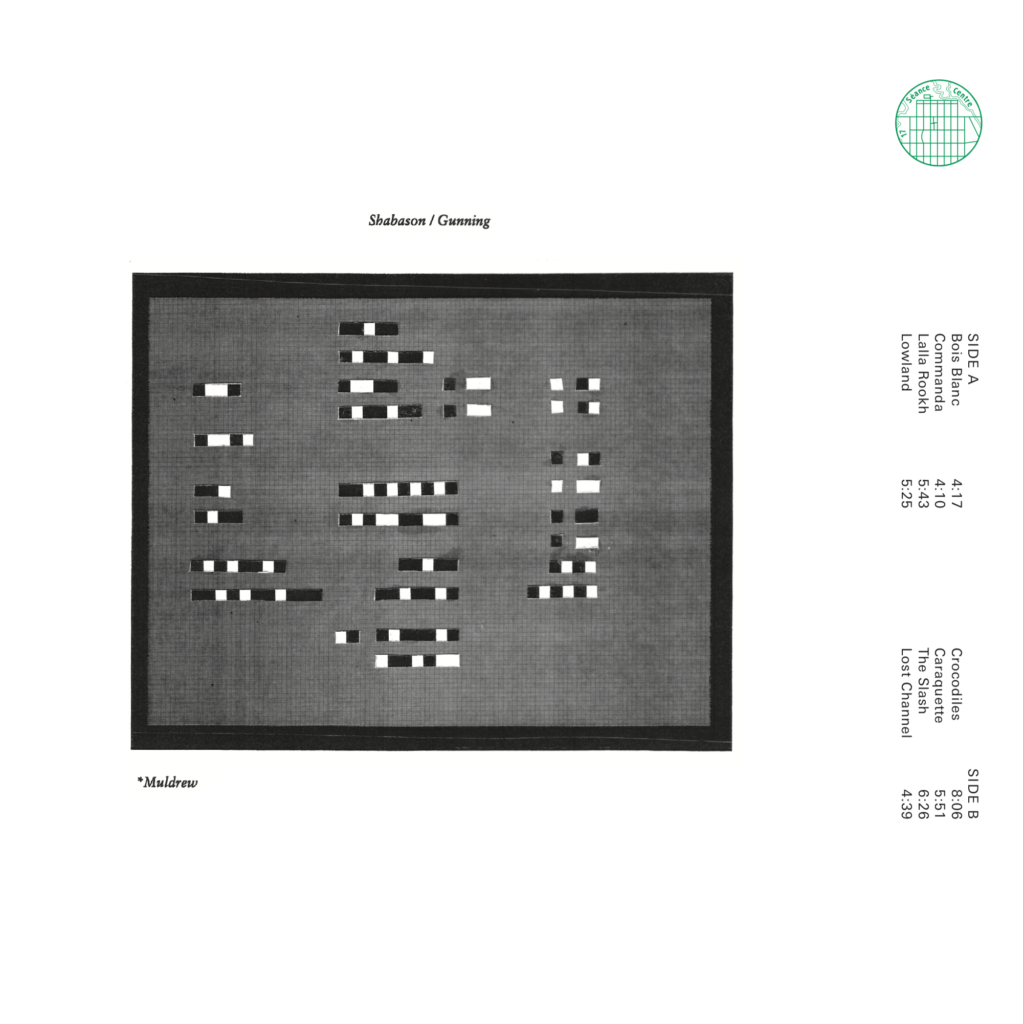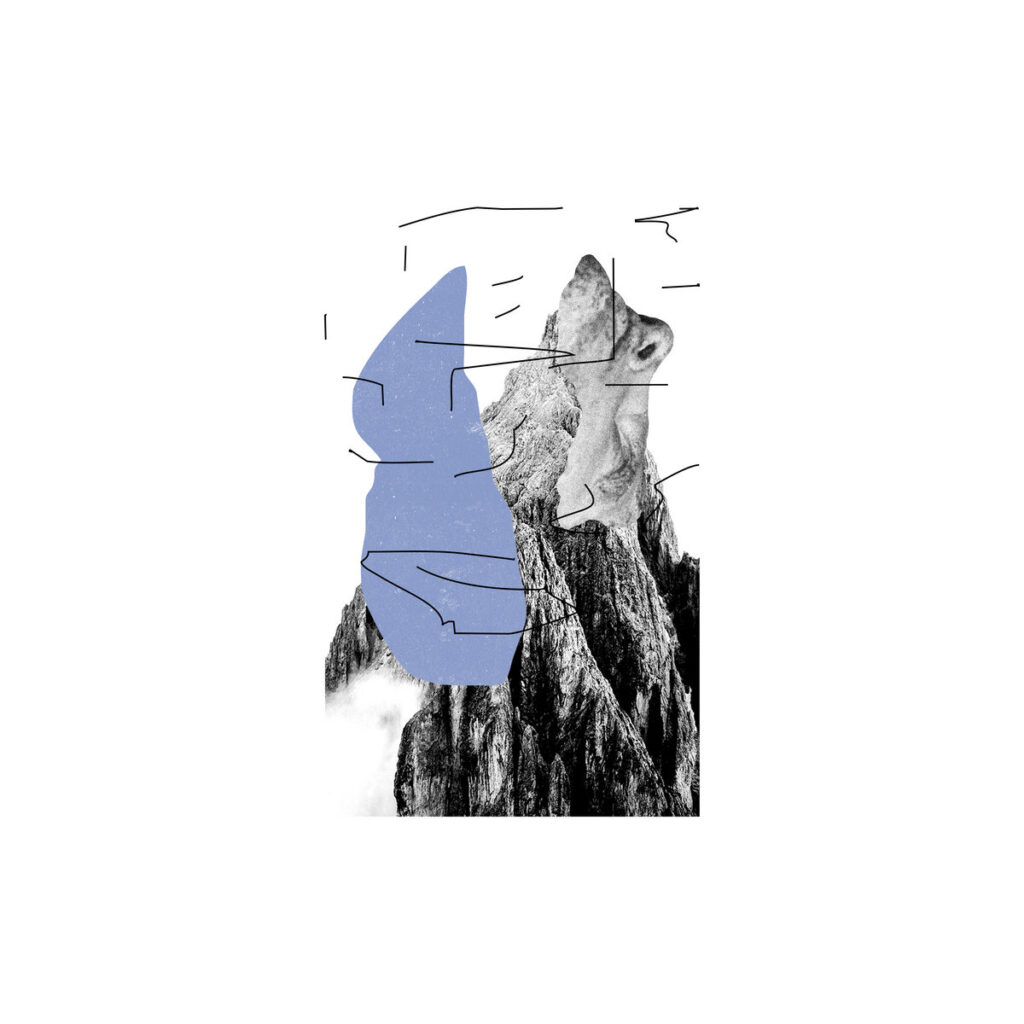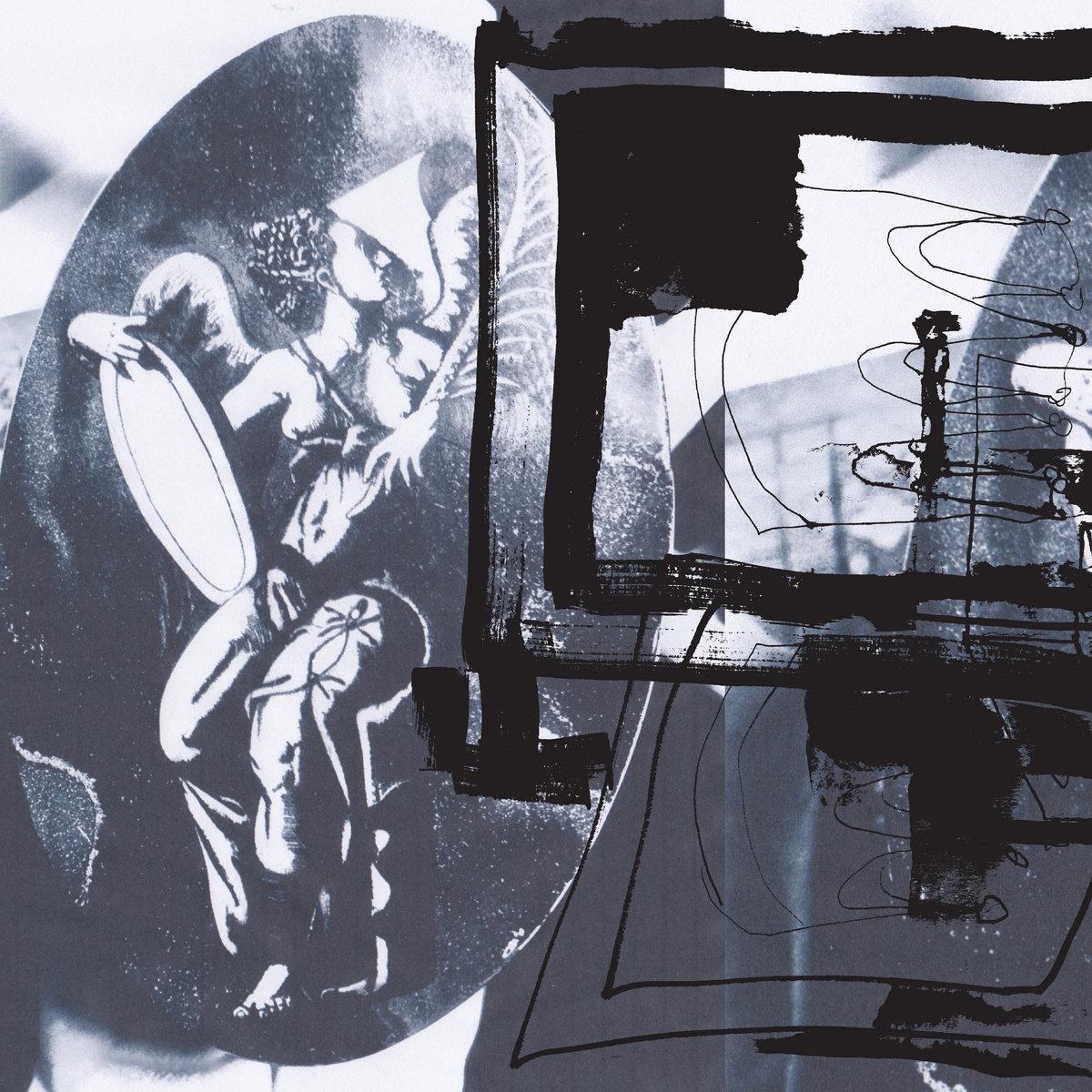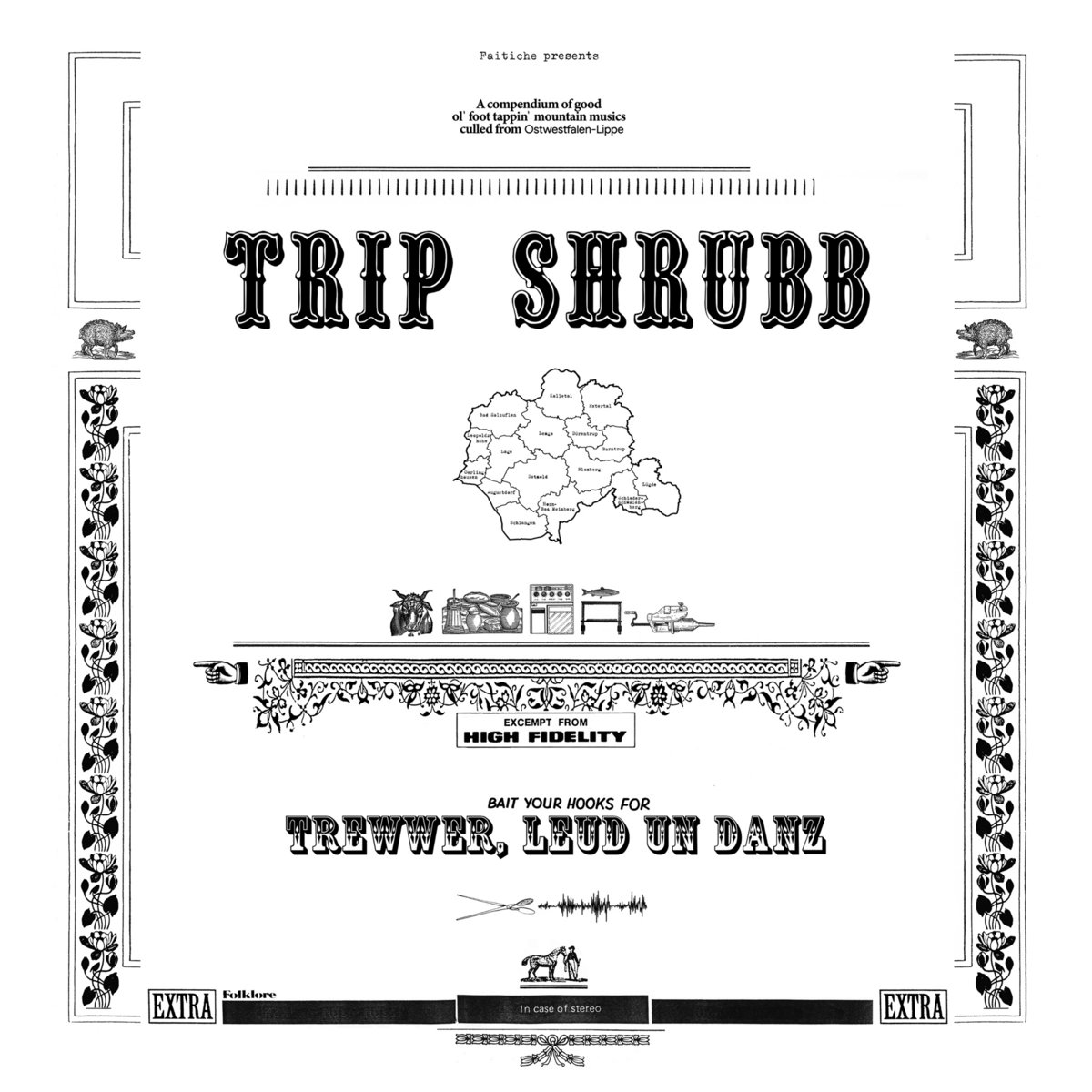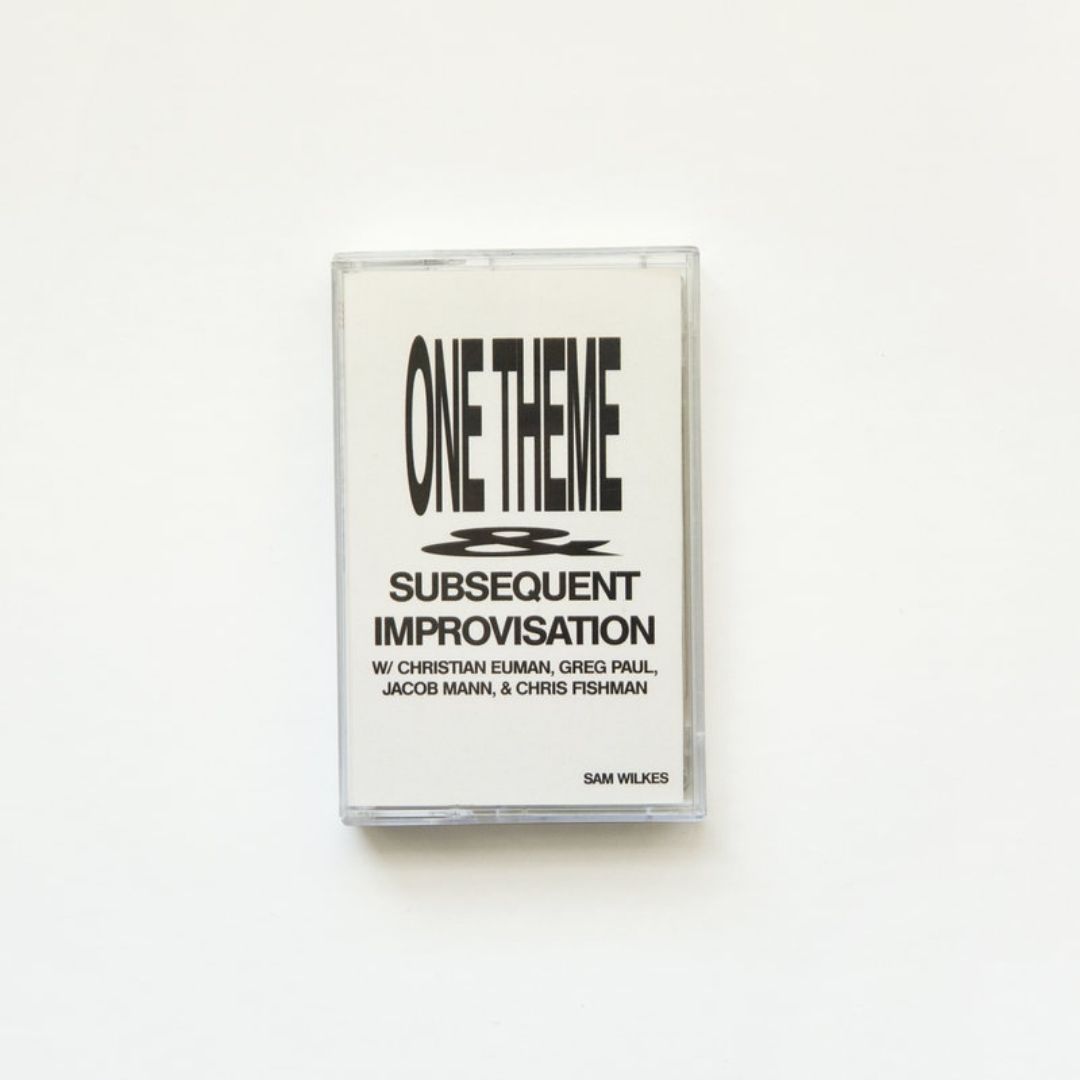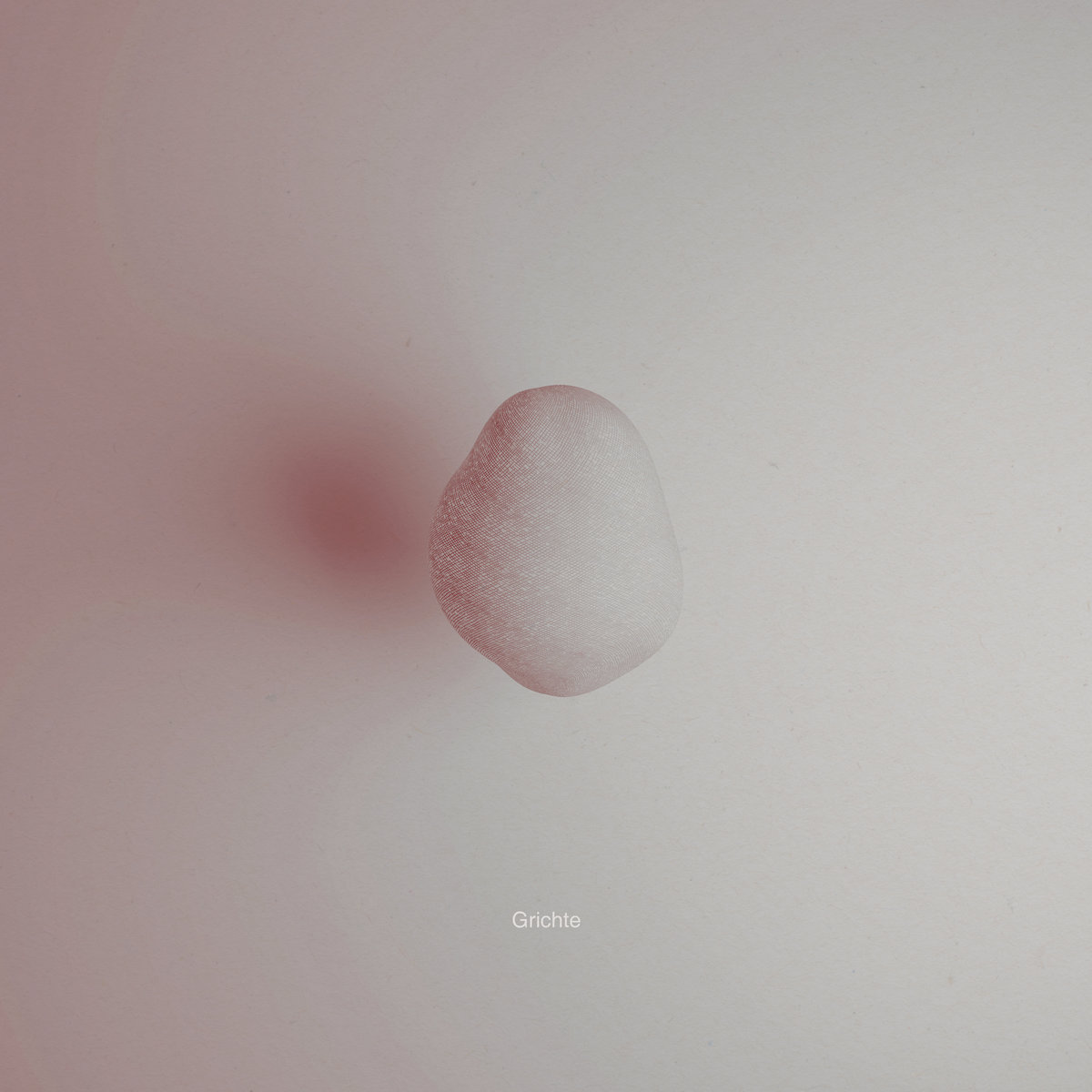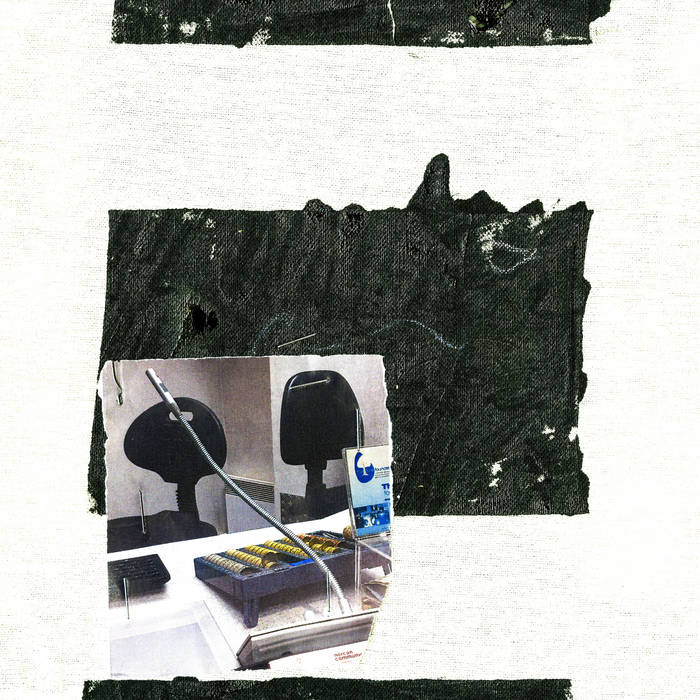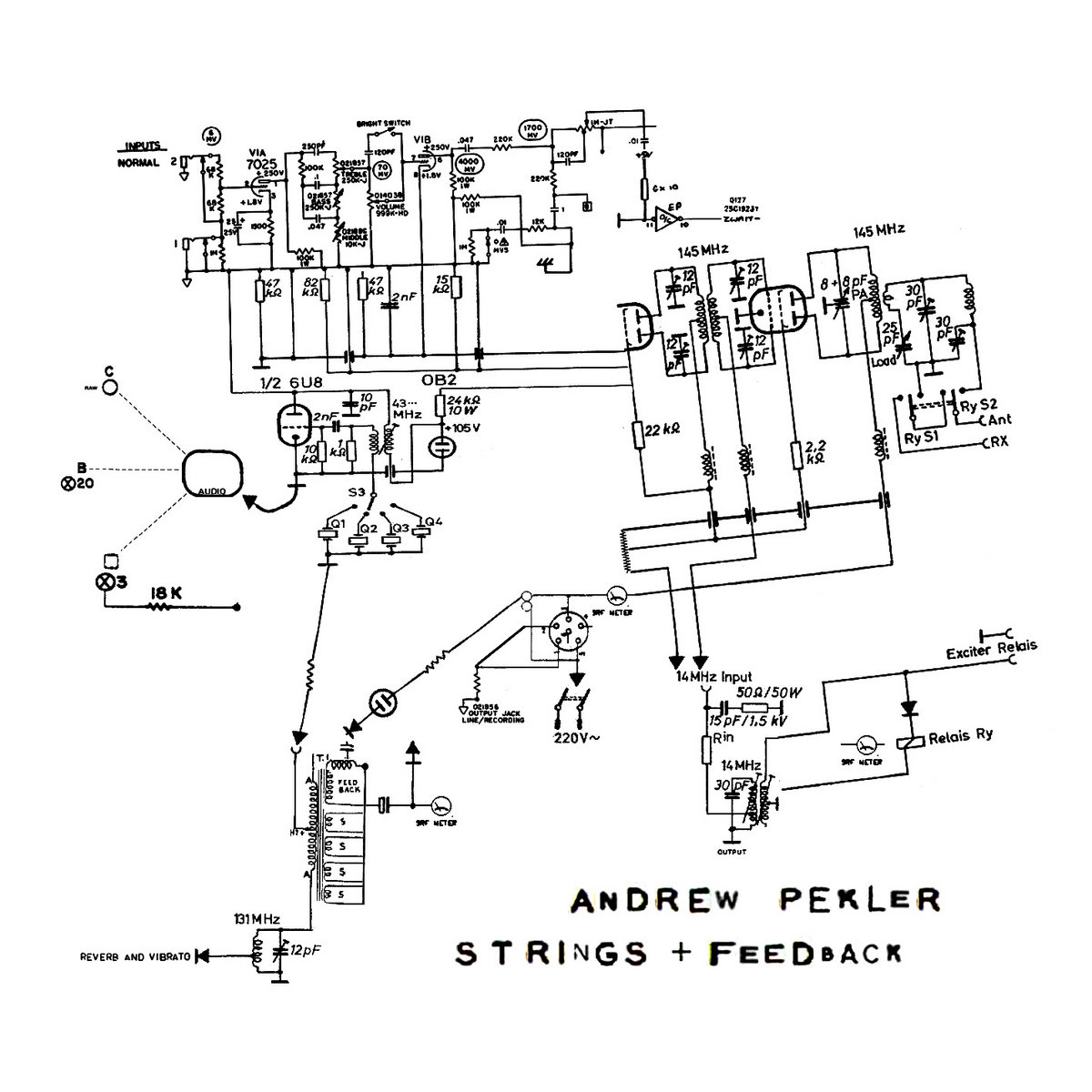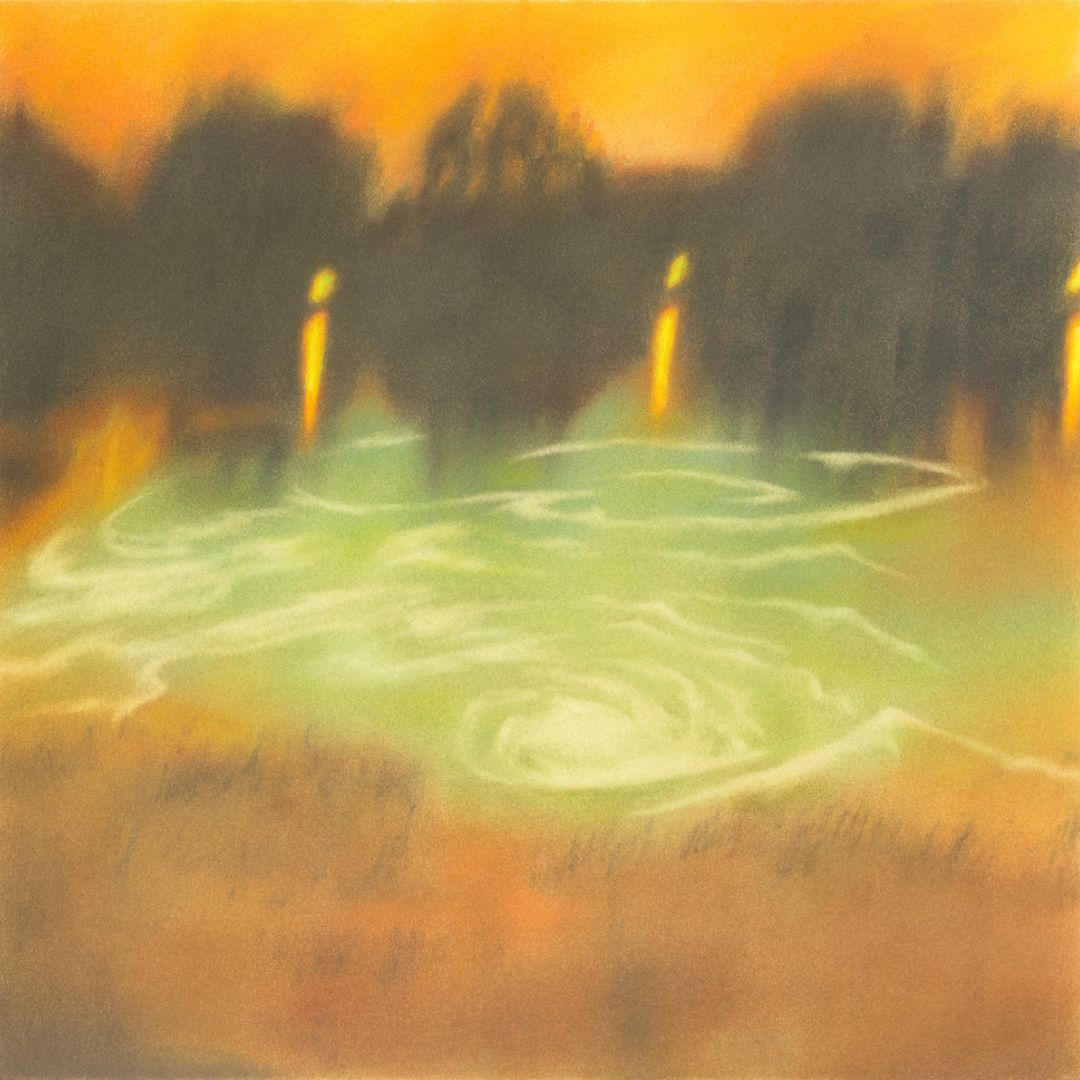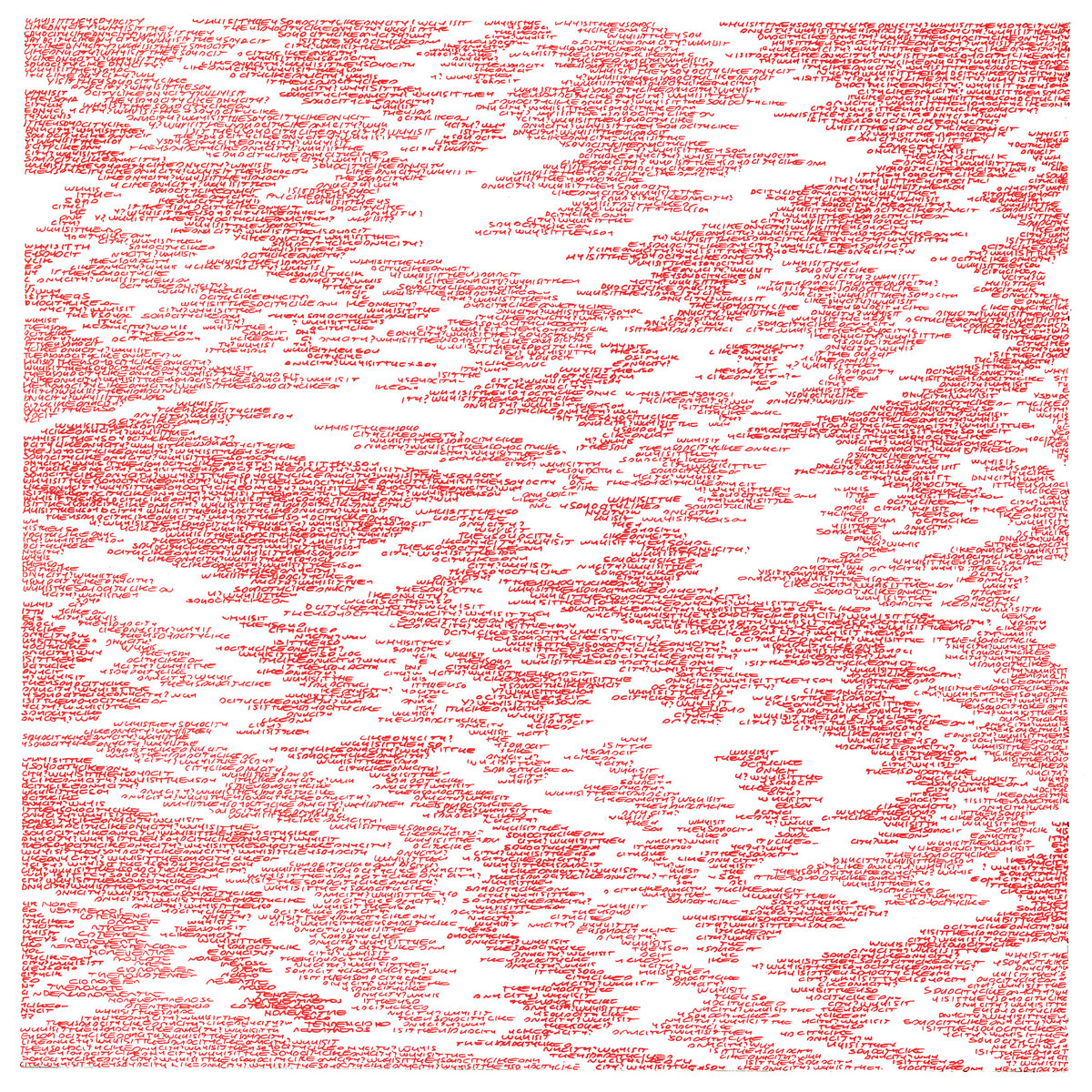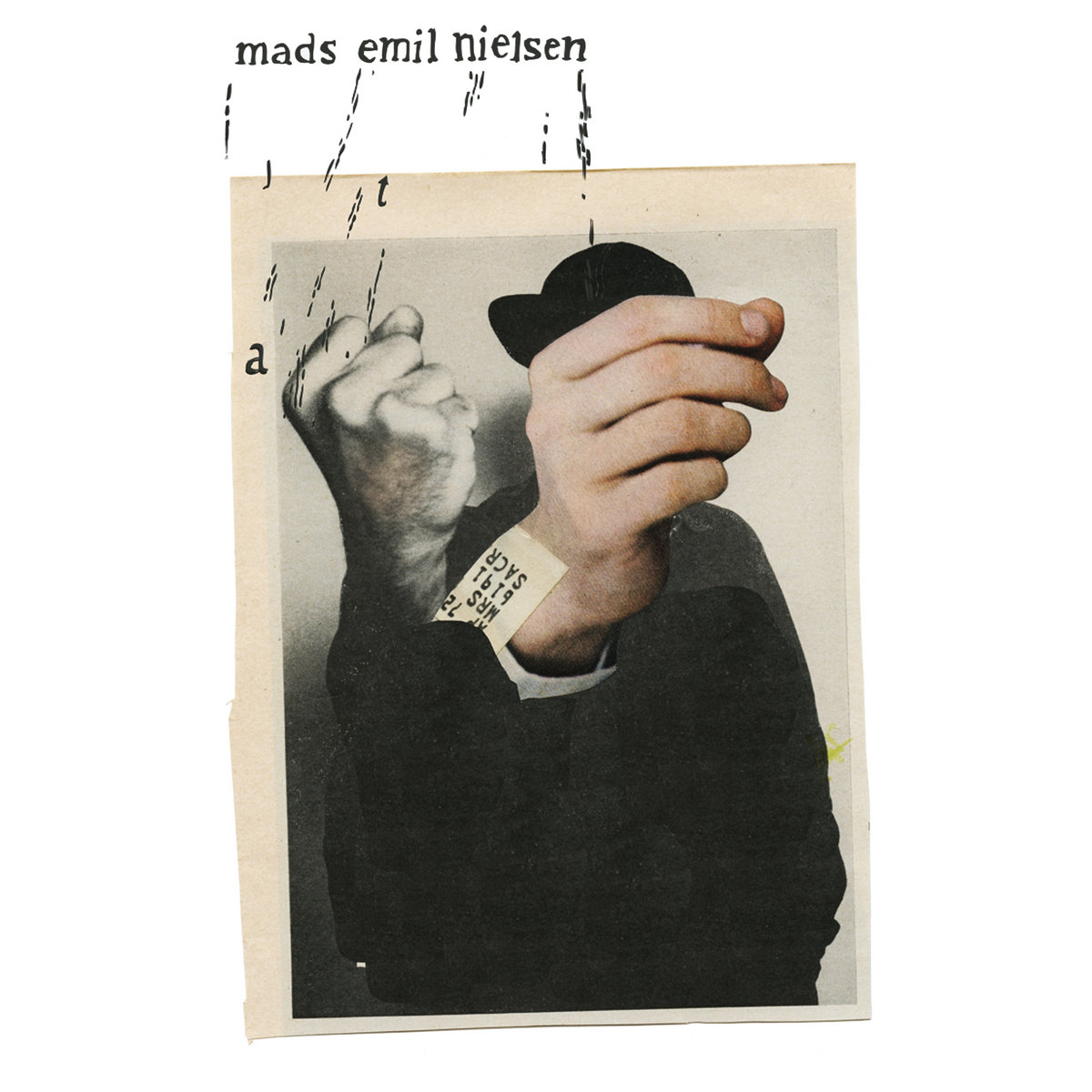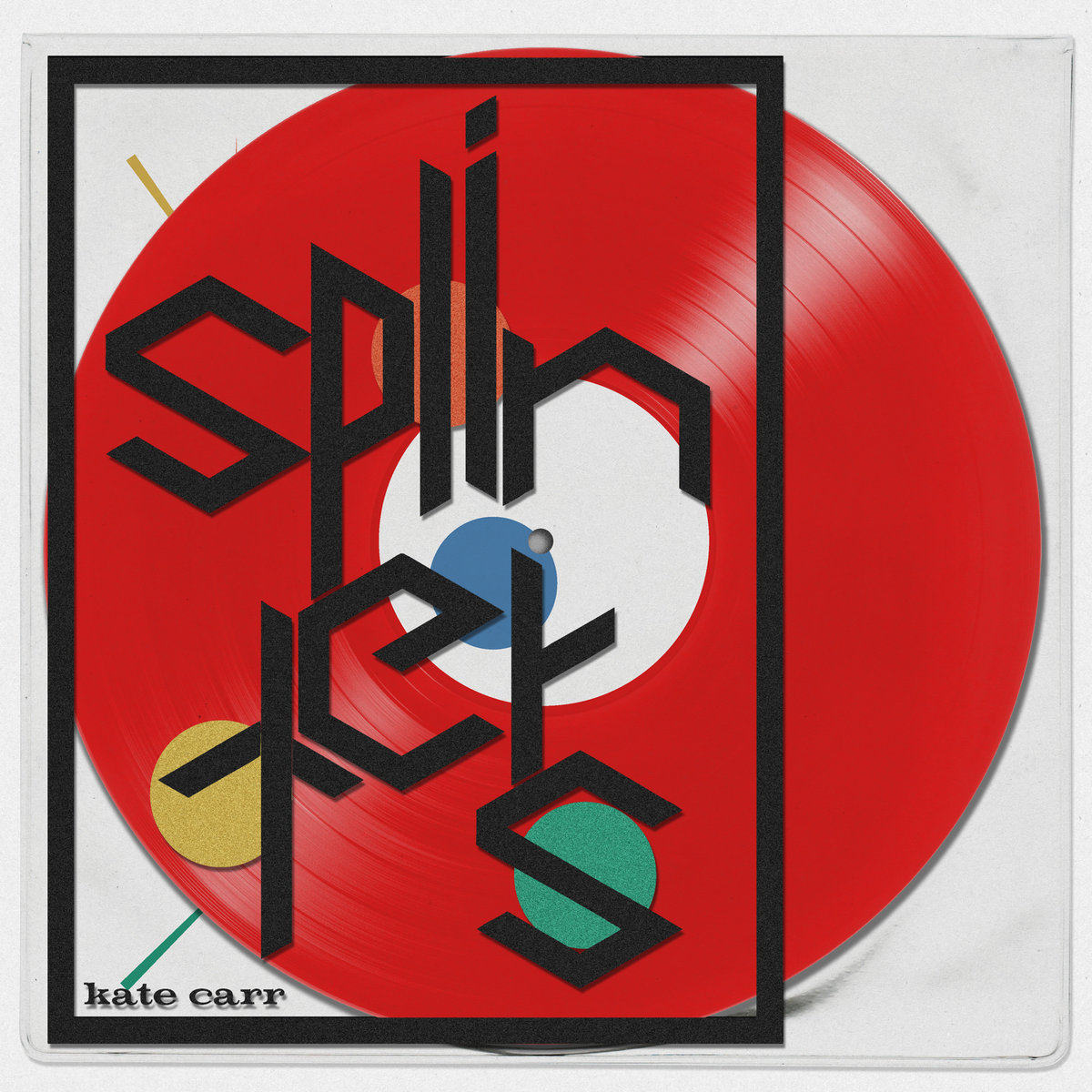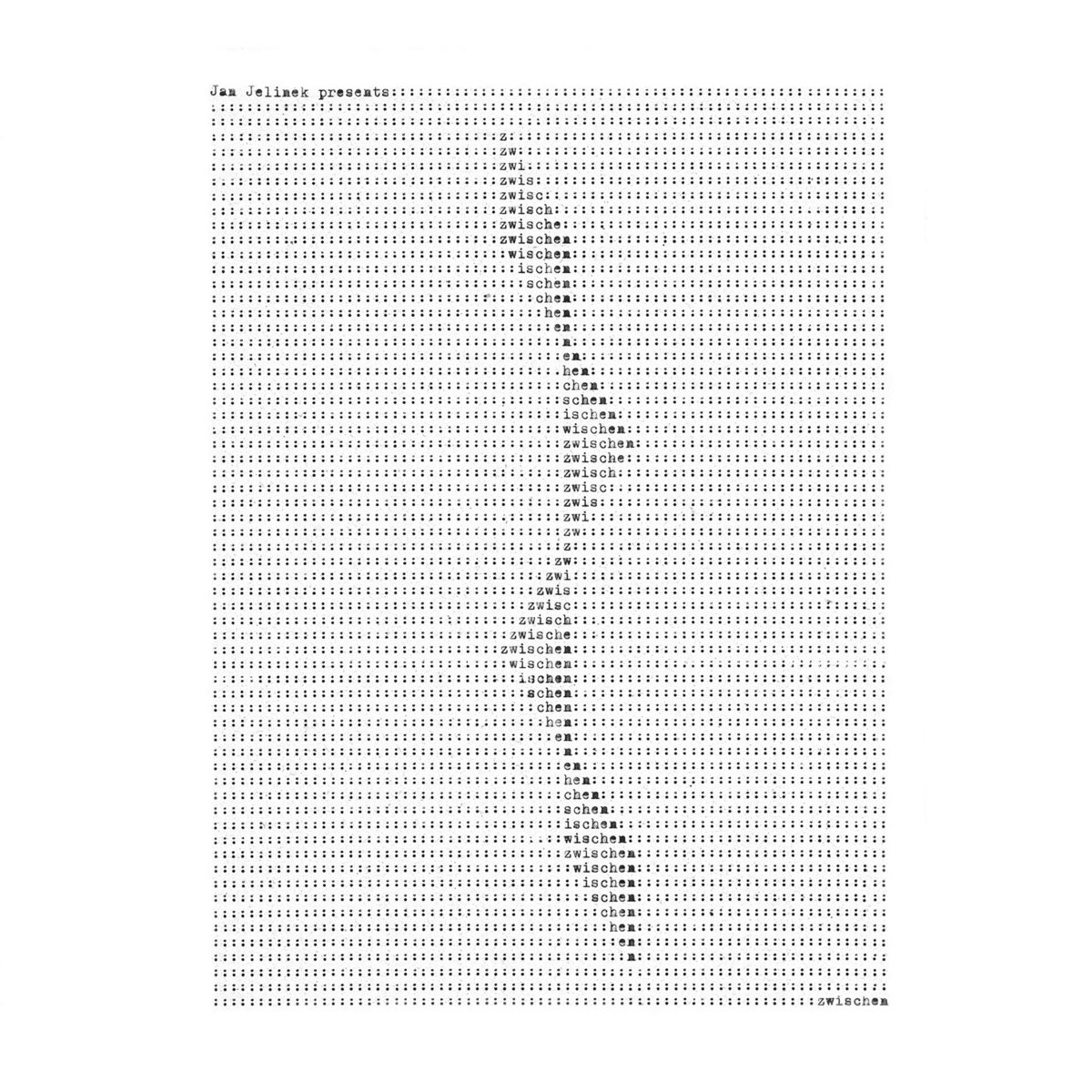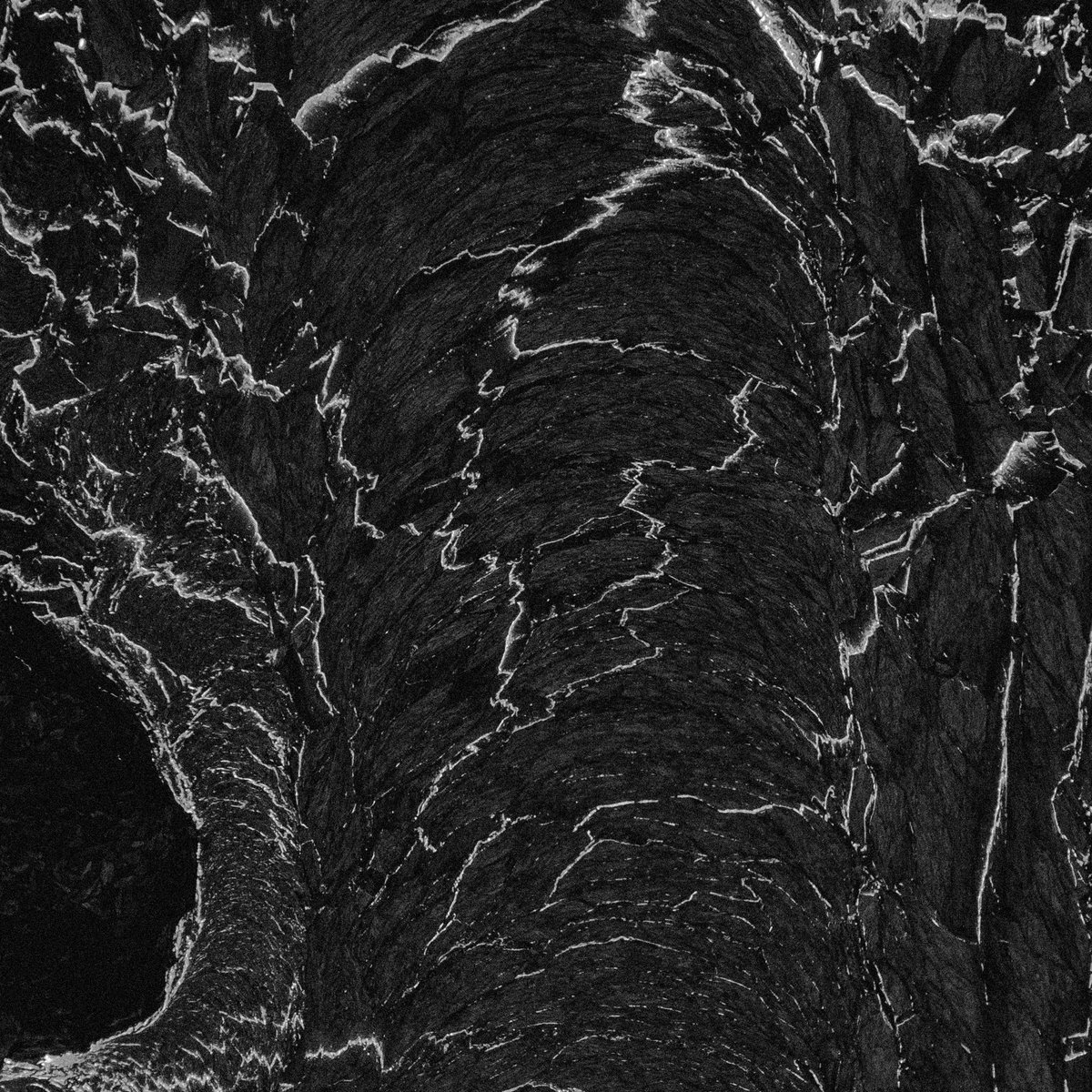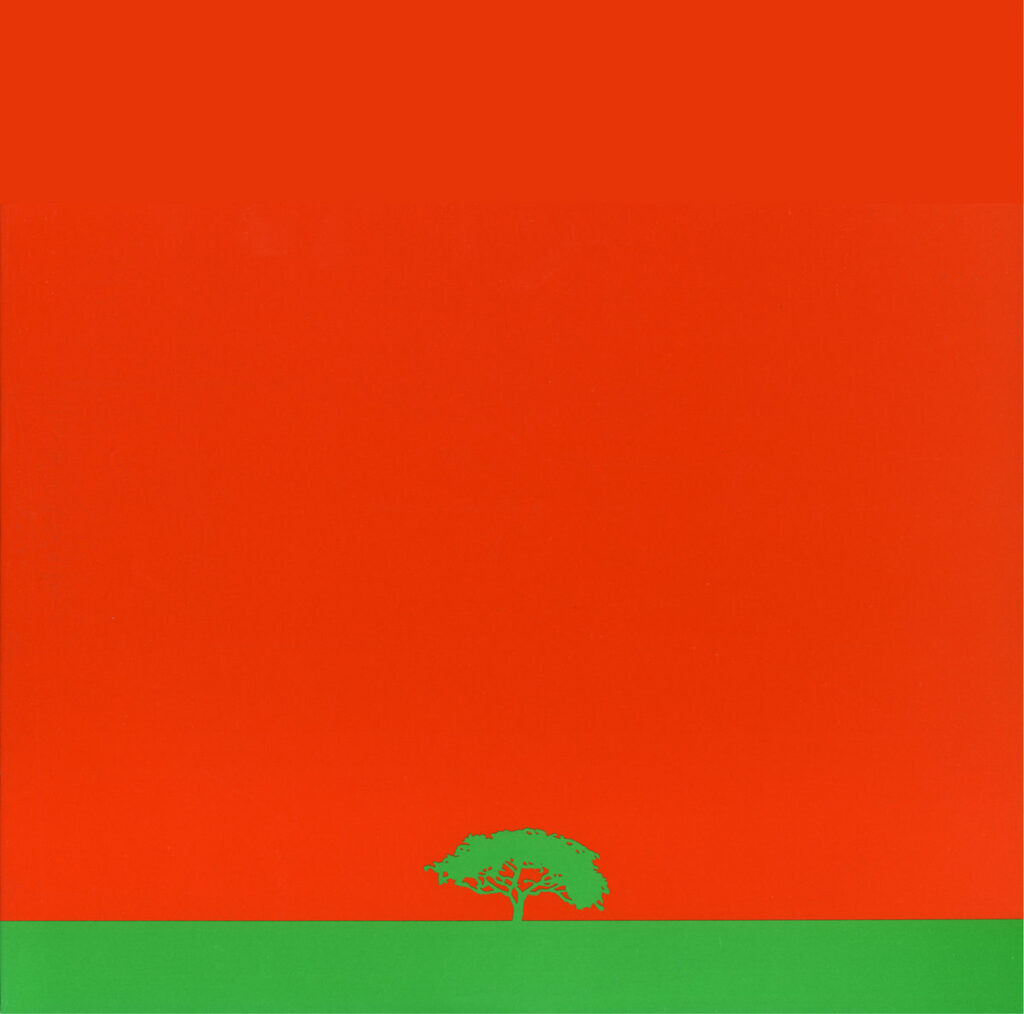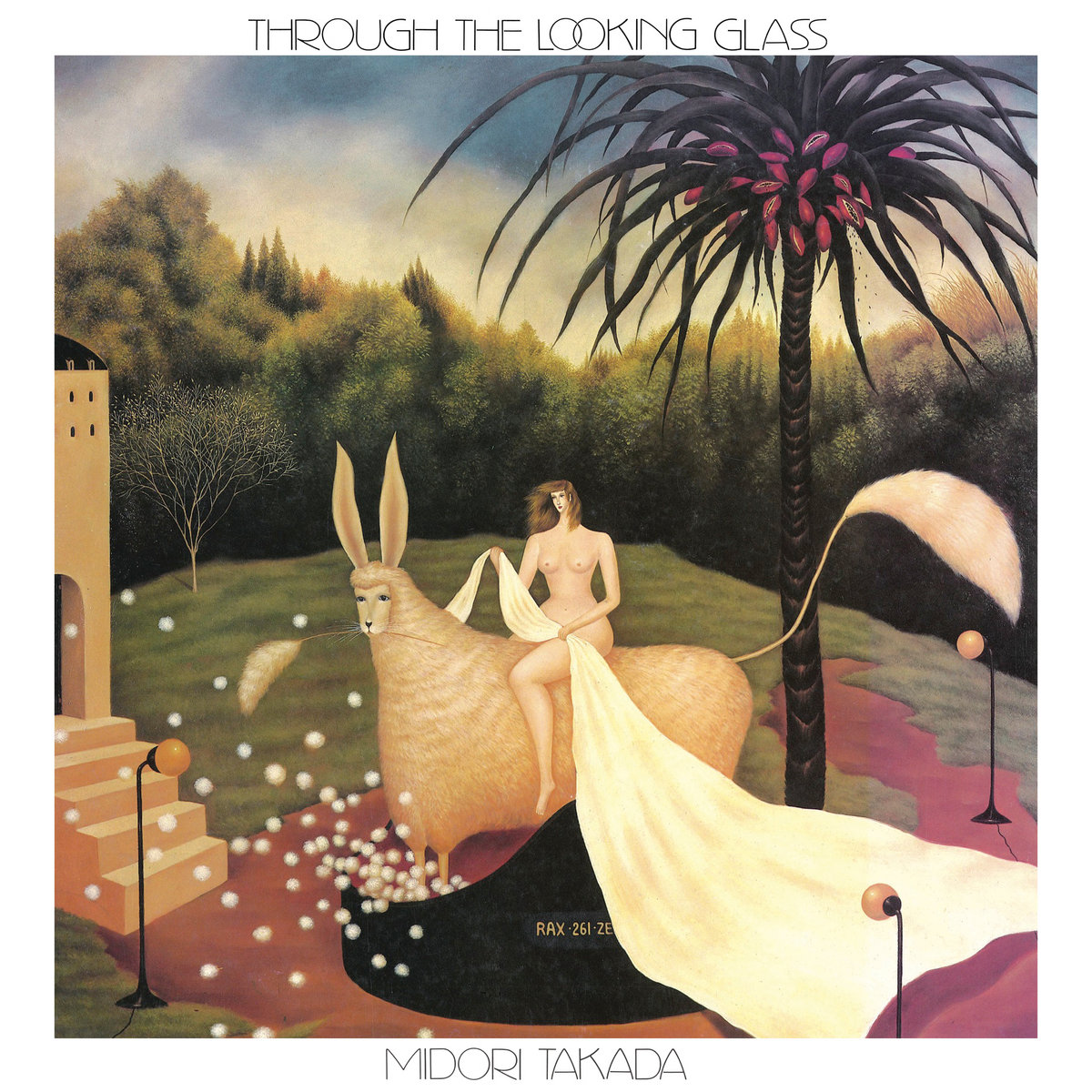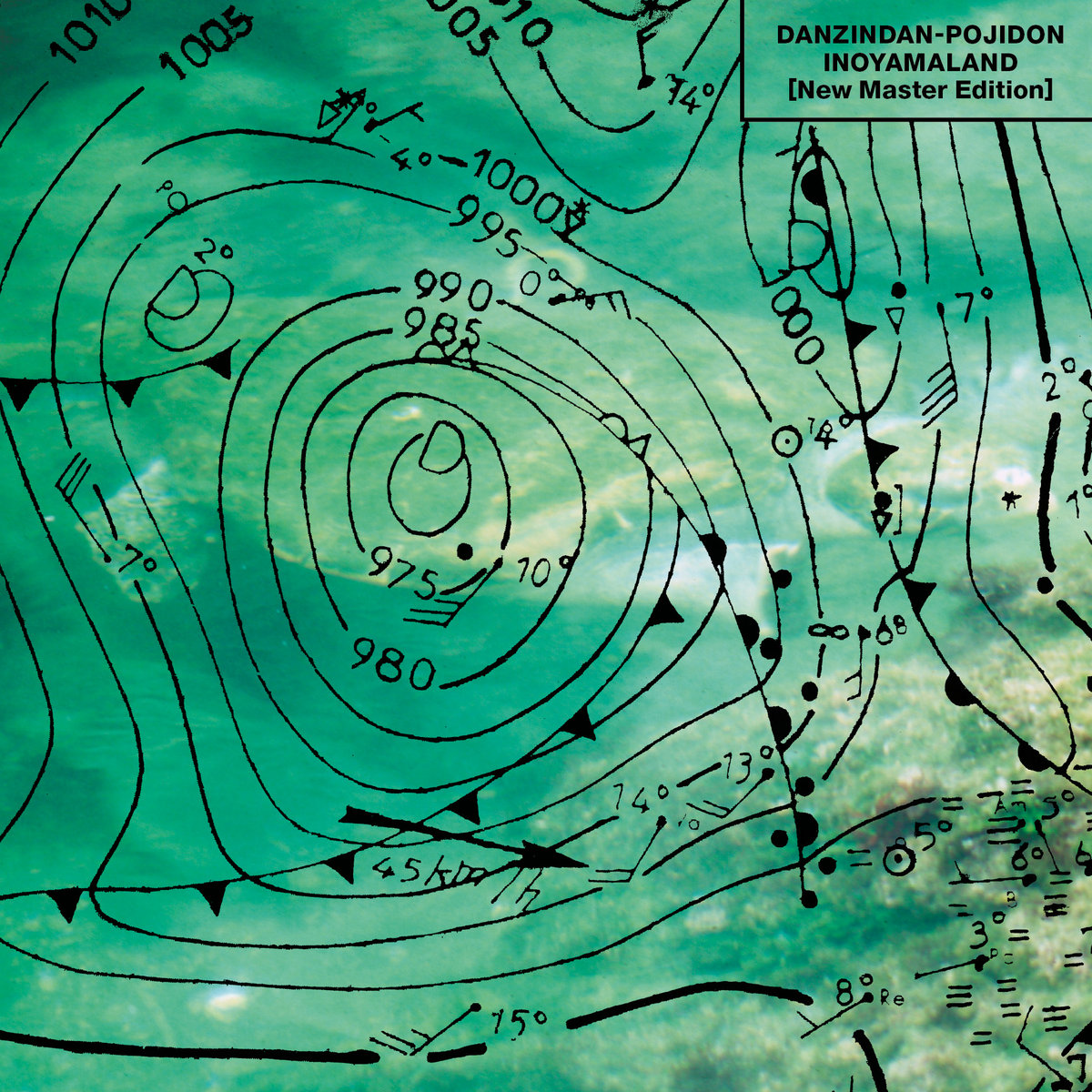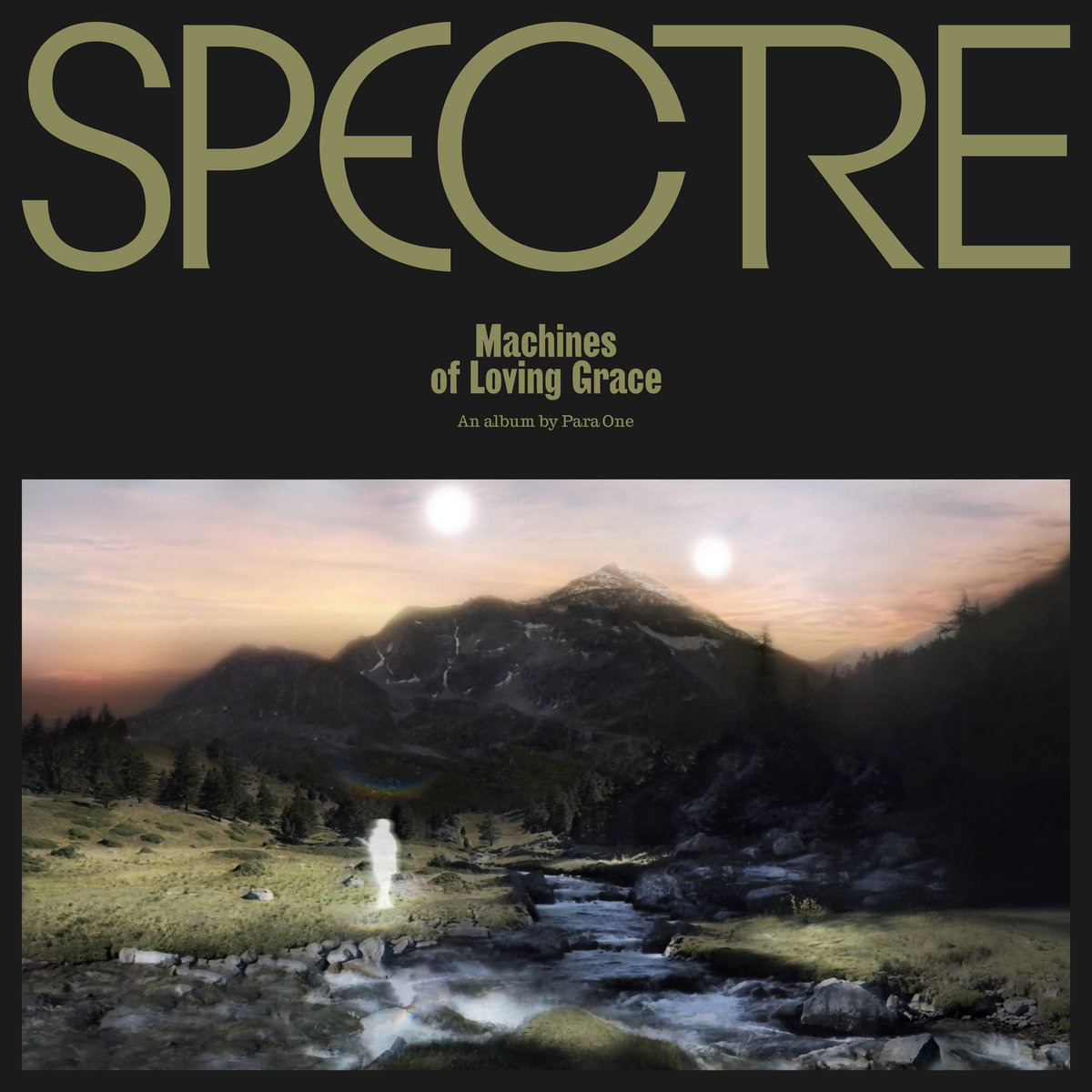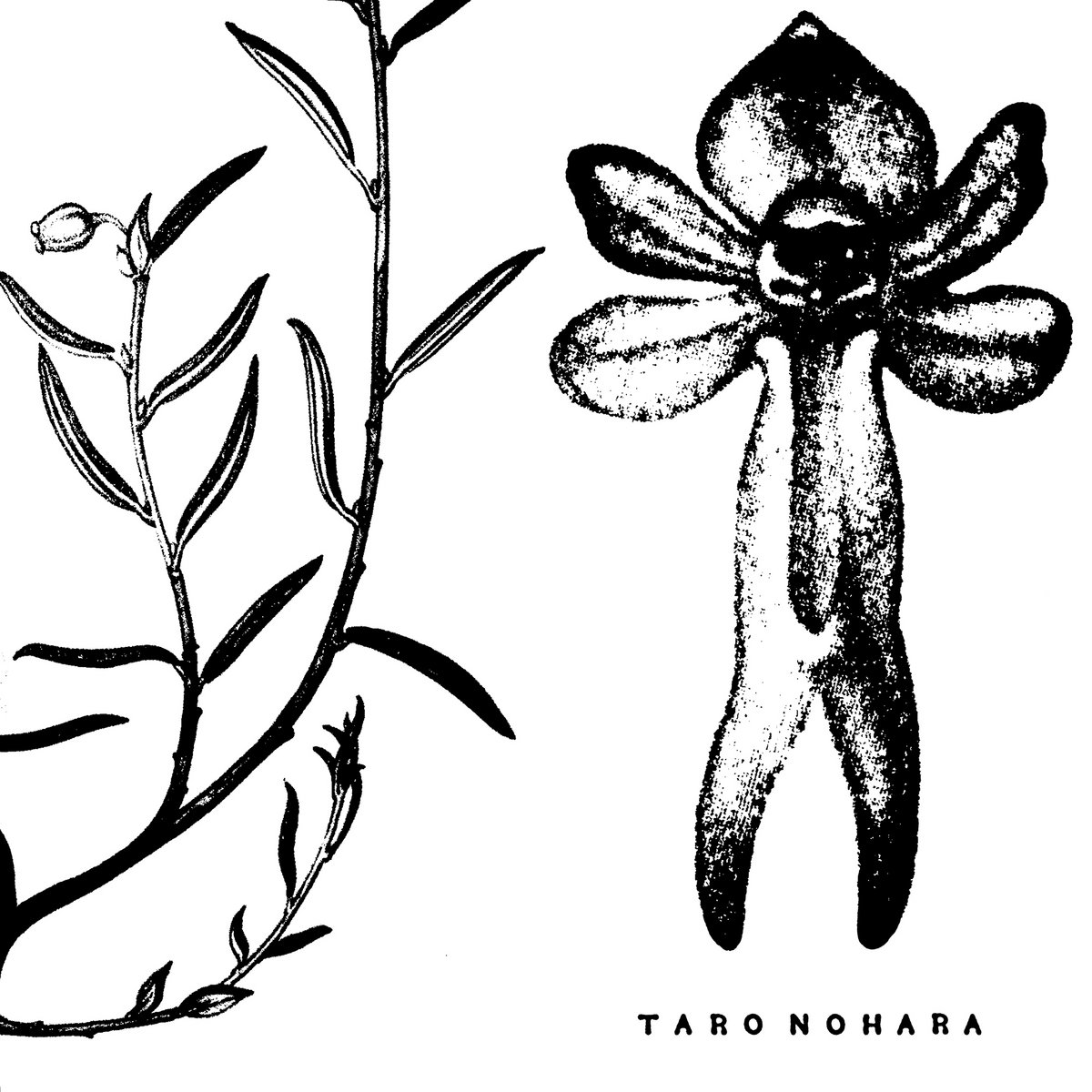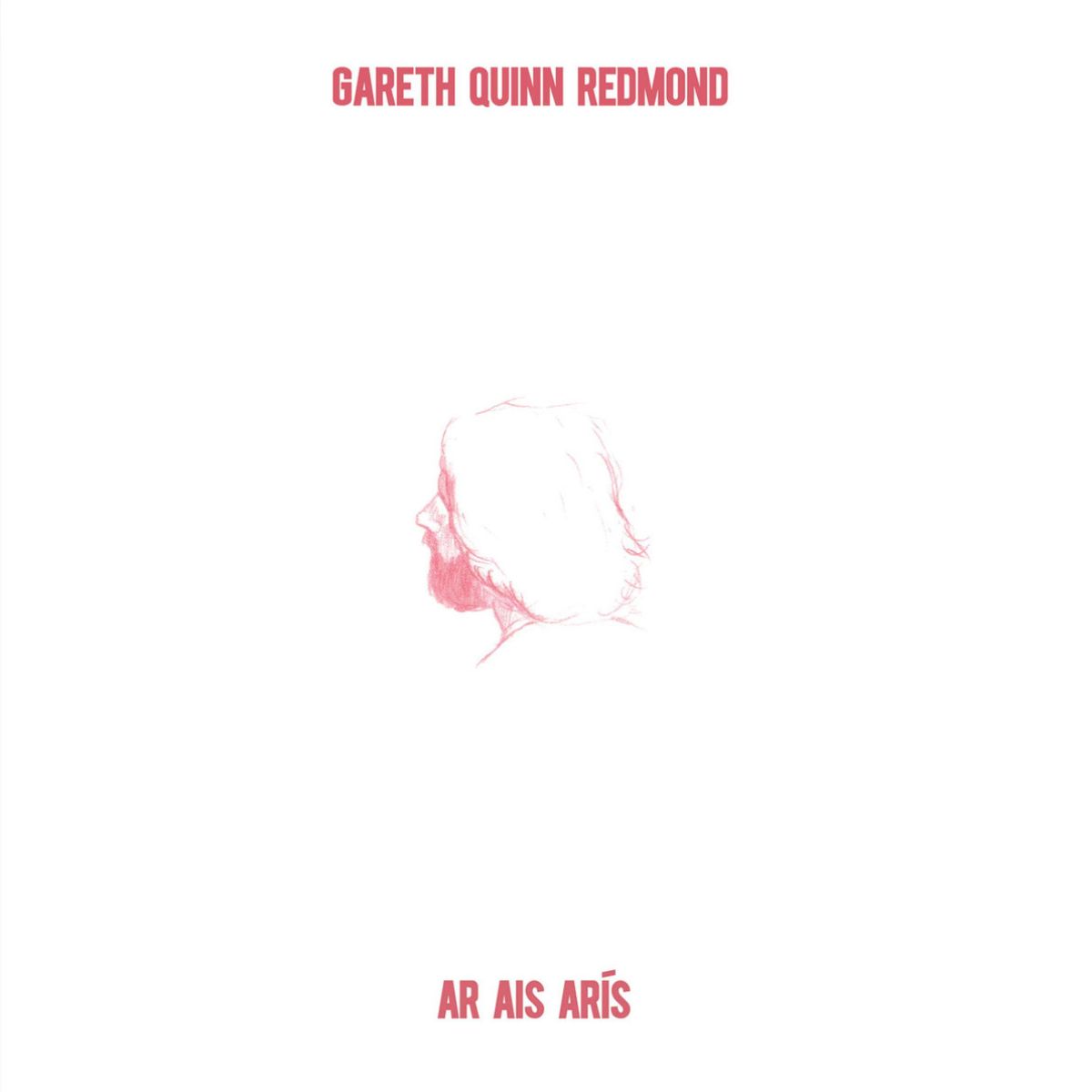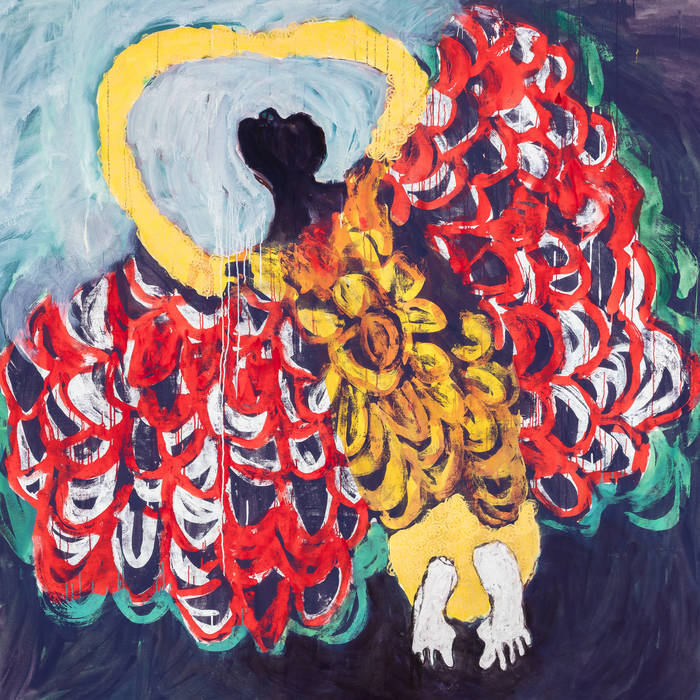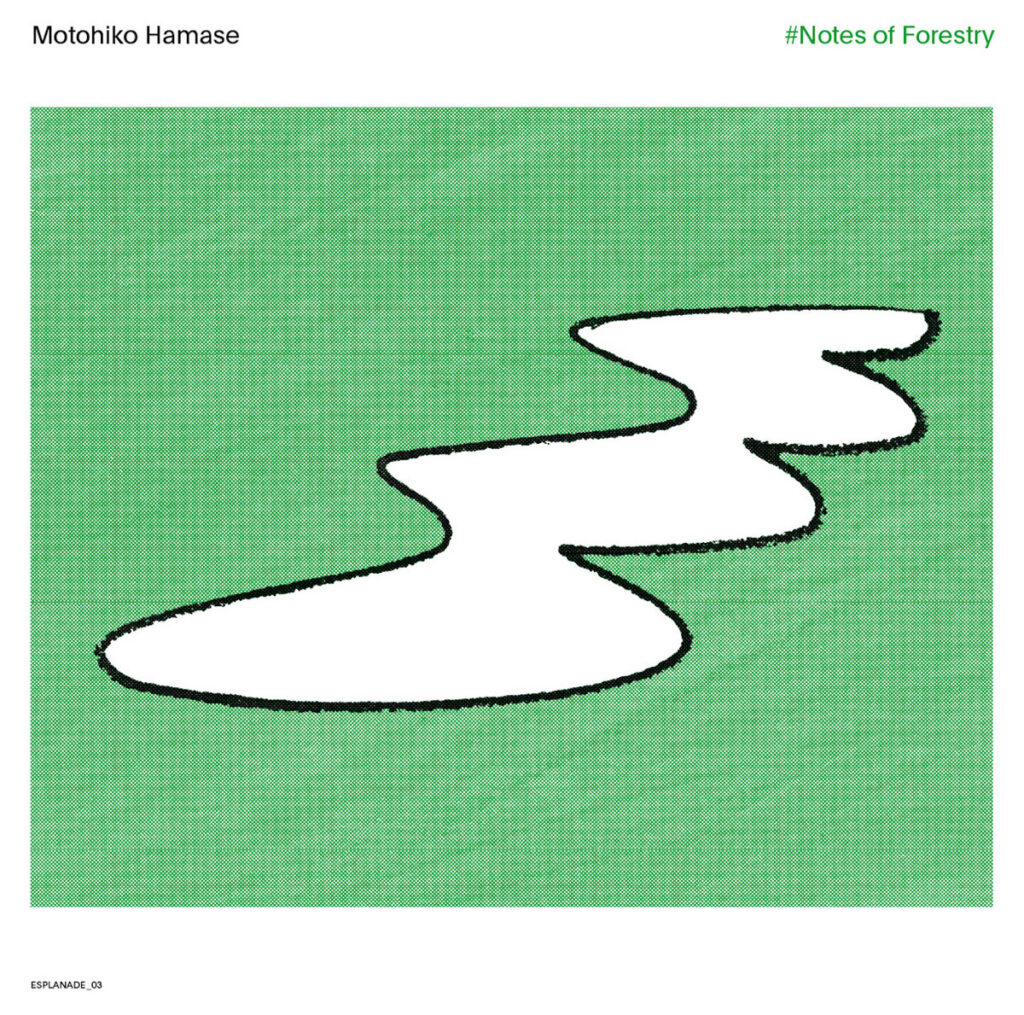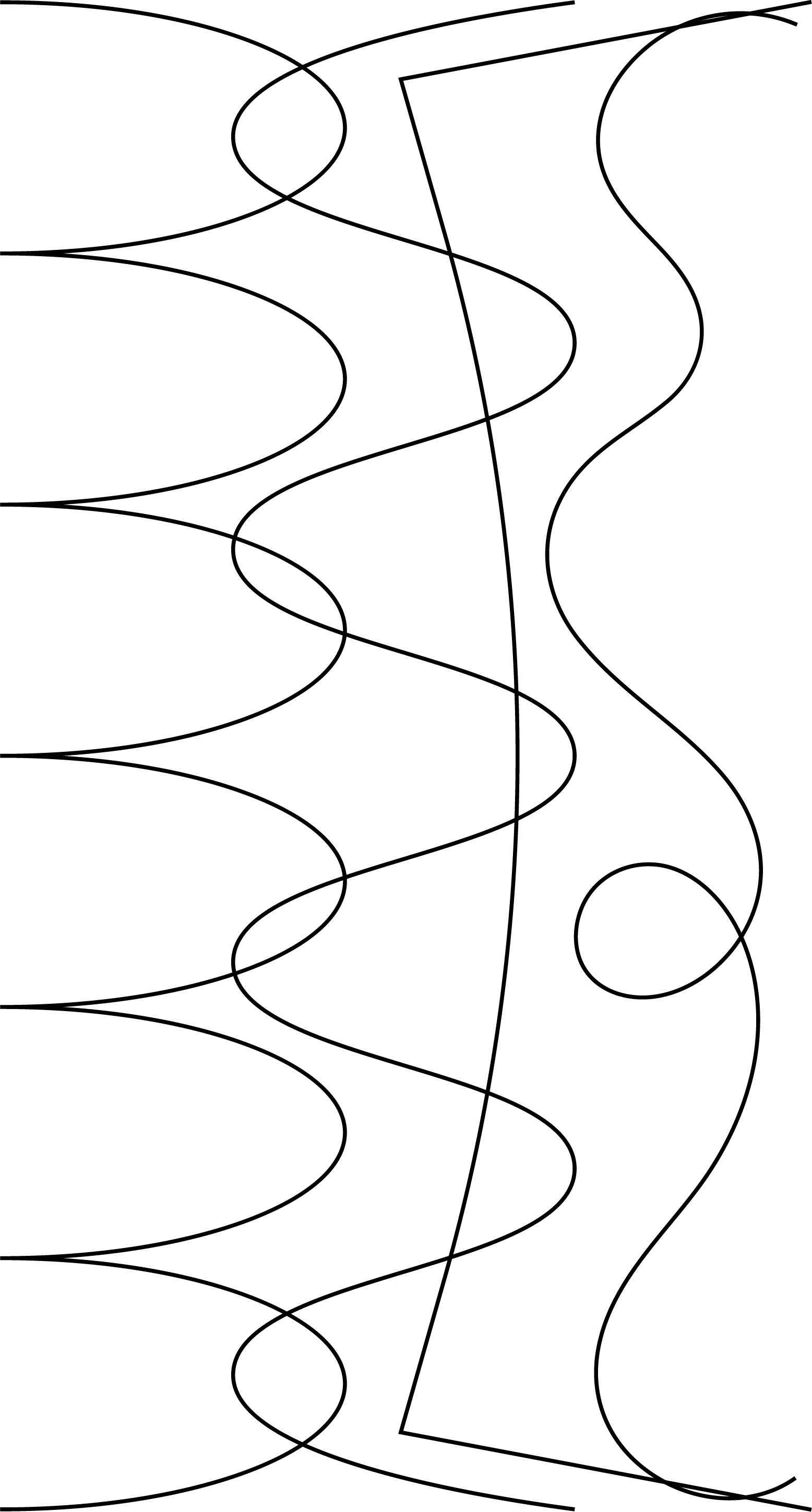€36,00
in stock
why we love this
Glossy shards of light chime against one another, while slices of disoriented sound design are playfully manipulated, evoking moving imagery caught in a whimsical gust of sound. There’s a joyful, exploratory energy throughout the 11 tracks.
about the record
TRACE is a collection of 11 unreleased tracks produced by Yutaka Hirose during the Sound Process Design sessions, right after the release of his classic Soundscape series album Nova. Sound Process Design was Satoshi Ashikawa's label, the home of his Wave Notation trilogy (Hiroshi Yoshimura’s Music For Nine Postcards, Satsuki Shibano's Erik Satie 1866-1925, and Satoshi Ashikawa's Still Way). Following Wave Notation, Sound Process Design collaborated with museums, cafés, and bars to create site-specific soundscapes, starting with the sound design of the Kushiro Museum. Yutaka Hirose was called to work on sound for these spaces.
Instead of simply providing pre-recorded compositions, Hirose aimed to create a "sound scenery." To achieve this, he actively participated in the conception of the space, paying particular attention to the accidental combination of sounds by strategically placing speakers and using multiple sound sources. This approach followed the concept of "sculpturing time through sound."
The composer explains: "sculpturing time through sound means that the time, the space itself, the sound played in it, and the audience all become one sculpture. It is close to the idea of a Japanese tea ceremony where you use all of your five (or six) senses to taste the tea."
TRACE: Sound Design Works 1986-1989 is divided into two parts. "Reflection" is rooted in an ambient soundscape. It narrates "a sleep that starts with the sound of water droplets at dawn and slowly disappears into darkness," offering a natural and soothing continuation of Nova. It was played at entrances to spaces, events, cafés, and bars. "Voice from Past Technology" embodies the dream world born from that slumber and is built upon what Yukata Hirose terms hardcore ambient—a form of environmental music with a noise-oriented approach. It was played in museums and science centers."
- 1 - Reflection 7:50
- 2 - Fluctuation 5:09
- 3 - Light From Clouds 6:11
- 4 - Air To Feel Outside 12:39
- 5 - Inner Voice 11:27
- 6 - Looking Back 9:13
- 7 - The Breath Of Cyberspace 6:26
- 8 - Babel's Library 7:52
- 9 - Cross Section Of The Underground 5:36
- 10 - Voice From Past Technology 10:26
- 11 - Study For Scientists 5:51
Embed
Copy and paste this code to your site to embed.
€36,00
in stock
- 1 - Reflection 7:50
- 2 - Fluctuation 5:09
- 3 - Light From Clouds 6:11
- 4 - Air To Feel Outside 12:39
- 5 - Inner Voice 11:27
- 6 - Looking Back 9:13
- 7 - The Breath Of Cyberspace 6:26
- 8 - Babel's Library 7:52
- 9 - Cross Section Of The Underground 5:36
- 10 - Voice From Past Technology 10:26
- 11 - Study For Scientists 5:51
Embed
Copy and paste this code to your site to embed.
why we love this
Glossy shards of light chime against one another, while slices of disoriented sound design are playfully manipulated, evoking moving imagery caught in a whimsical gust of sound. There’s a joyful, exploratory energy throughout the 11 tracks.
about the record
TRACE is a collection of 11 unreleased tracks produced by Yutaka Hirose during the Sound Process Design sessions, right after the release of his classic Soundscape series album Nova. Sound Process Design was Satoshi Ashikawa's label, the home of his Wave Notation trilogy (Hiroshi Yoshimura’s Music For Nine Postcards, Satsuki Shibano's Erik Satie 1866-1925, and Satoshi Ashikawa's Still Way). Following Wave Notation, Sound Process Design collaborated with museums, cafés, and bars to create site-specific soundscapes, starting with the sound design of the Kushiro Museum. Yutaka Hirose was called to work on sound for these spaces.
Instead of simply providing pre-recorded compositions, Hirose aimed to create a "sound scenery." To achieve this, he actively participated in the conception of the space, paying particular attention to the accidental combination of sounds by strategically placing speakers and using multiple sound sources. This approach followed the concept of "sculpturing time through sound."
The composer explains: "sculpturing time through sound means that the time, the space itself, the sound played in it, and the audience all become one sculpture. It is close to the idea of a Japanese tea ceremony where you use all of your five (or six) senses to taste the tea."
TRACE: Sound Design Works 1986-1989 is divided into two parts. "Reflection" is rooted in an ambient soundscape. It narrates "a sleep that starts with the sound of water droplets at dawn and slowly disappears into darkness," offering a natural and soothing continuation of Nova. It was played at entrances to spaces, events, cafés, and bars. "Voice from Past Technology" embodies the dream world born from that slumber and is built upon what Yukata Hirose terms hardcore ambient—a form of environmental music with a noise-oriented approach. It was played in museums and science centers."
